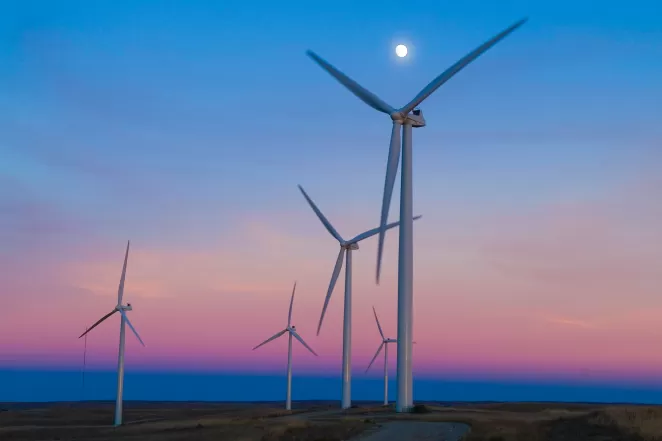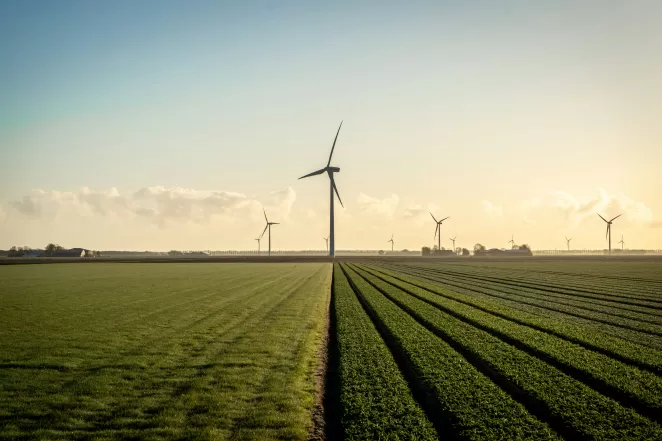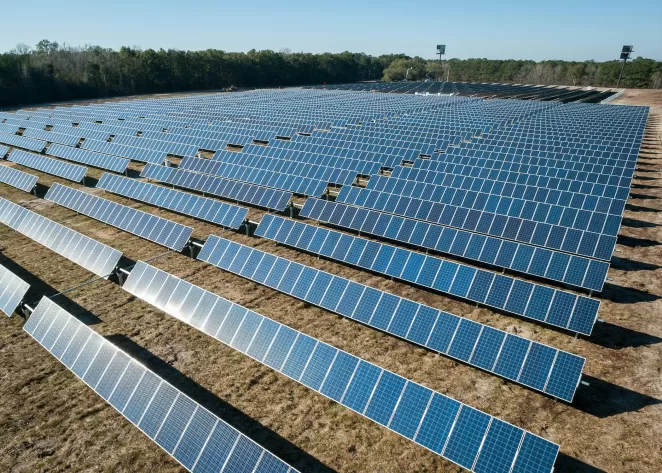All In on Building Decarbonization in The Age of the Inflation Reduction Act
Key Takeaways:
Energy efficiency and electrification investments are needed in low-to-middle-income (LMI) households and communities of color to reduce inequitable energy and housing cost burdens and will cut emissions, save consumers money, and improve air quality and public health.
The 2022 Inflation Reduction Act (IRA) includes over $50 billion to accelerate a transition to healthy and electrified buildings. Most of the investments goes toward residential and commercial energy efficiency tax credits (estimated $37 billion) and two new rebate programs ($8.7 billion) for electrification and whole home upgrades, with priority on LMI households.
To unlock IRA’s full potential to reduce buildings emissions, state, tribal, and local governments can raise awareness of incentives and design programs for maximum climate benefits and accessibility to LMI households and communities of color.
While the IRA is expected to reduce emissions by 40% if well implemented, further action is needed to meet our goal of halving U.S. emissions by 2030. State, tribal, and local governments can build off the IRA incentives by implementing their own ambitious policies such as net-zero building codes.
The IRA is a game-changing bill, but it is largely a bill of carrots, not sticks. The impact of the IRA largely depends on consumers, businesses, and civil society taking advantage of the new incentives. All In members should use the tax credits and rebates that make energy efficiency and electrification more affordable and also advocate for more ambitious policies in their communities.
IRA is a game-changing law that can accelerate the transition to healthy and electrified buildings but depends on consumers taking advantage of the new incentives and local governments designing programs for maximum climate benefits and accessibility to low-to-middle-income (LMI) households.
Even with IRA’s full potential unlocked, further action is needed to meet our goal of halving U.S. emissions by 2030. State, tribal, and local governments can build off the IRA’s provisions and implement their own ambitious policies such as net-zero building codes to speed progress towards emission reduction targets.


IMPROVING THE AMERICAN INDOORS: THE HEALTH, ECONOMIC, AND COMMUNITY BENEFITS OF ZERO-CARBON BUILDINGS
The Inflation Reduction Act and Infrastructure Investment and Jobs Act provide historic opportunities to invest in building decarbonization through electrification, energy efficiency and other clean energy upgrades. Zero-carbon buildings offer U.S. states, cities, businesses, and households a pathway to reduce emissions while also reaping a plethora of economic, health and resiliency benefits for local communities.
A new America Is All In report details the many benefits of building decarbonization.





